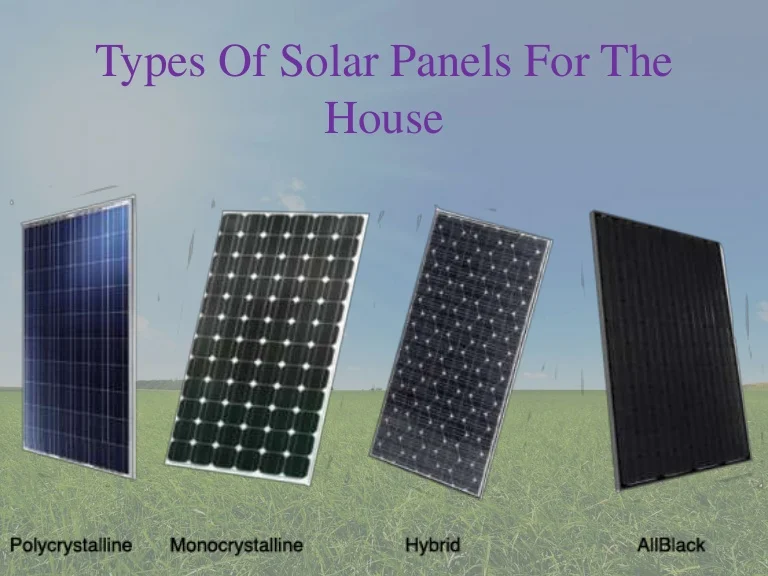What Does Solar Systems Mean?
Some Ideas on Solar Systems You Need To Know
Table of ContentsLittle Known Facts About Solar Systems.7 Easy Facts About Solar Systems ShownSome Known Factual Statements About Solar Systems The Definitive Guide to Solar Systems
There are 3 various kinds of photovoltaic panels: monocrystalline, polycrystalline, and also slim movie. Monocrystalline photovoltaic panels are very efficient and have a sleek design, but come at a higher price point than other solar panels. Polycrystalline solar panels are cheaper than monocrystalline panels, however, they are less efficient and aren't as aesthetically pleasing.Nowadays, there are several varieties of monocrystalline solar panels on the marketplace to pick from. Passivated Emitter and also Back Contact cells, more typically referred to as PERC cells, are becoming an increasingly popular monocrystalline alternative. PERC cells experience a different manufacturing and setting up procedure that raises the amount of electricity the cells can produce.
Since monocrystalline solar cells are made of a solitary crystal of silicon, electrons are able to easily move throughout the cell, boosting general efficiency. Not just do monocrystalline panels have the greatest efficiency rankings, they commonly likewise have the highest power ability scores, as well. The majority of monocrystalline panels on the marketplace today will certainly have a power outcome score of at the very least 320 watts, however can go up to around 375 watts or greater!.
Because polycrystalline cells consist of multiple silicon cells, the electrons can not relocate as easily and as an outcome, reduce the performance of the panel. The lower performance of polycrystalline panels also indicates they tend to have a lower power result than monocrystalline panels, typically varying between 240 watts as well as 300 watts.
Solar Systems Things To Know Before You Buy
4% efficiency With thin movie cell models. In order to fulfill your power needs, you would need to install more thin film panels over a large area to create the exact same quantity of power as crystalline silicon photovoltaic panels. This is why slim movie photovoltaic panels do not really make good sense for domestic installations where area is limited.
The temperature coefficient tells you how a lot the power result will certainly decrease by for each 1 * C over 25 * C the panel gets. The common temperature coefficient for mono and polycrystalline panels generally falls someplace in between -0. 3% and also -0. 5% per * C. Thin movie panels on the various other hand, are around -0.
Actually, with some thin movie panels, it's difficult to even see the individual cells within the panel. They additionally have a tendency to have less circuitry as well as busbars, implying there's much less white area. However, due to the fact that they are so inefficient, you would certainly require to cover your entire roofing in thin movie panels - which may or might not be your style.
/types-of-solar-panels-pros-and-cons-5181546_finalcopy-93f1db65349840bdba2822f75fa592f9.jpg)
Some manufacturers have actually functioned around this with black packaging or shaping the cells in a different way, but these aesthetic adjustments can influence both the cost as well as performance of the panels. On the whole, monocrystalline panels still look streamlined, however they're a bit more obvious than slim film panels. solar systems. The procedure in which polycrystalline solar batteries are made triggers the cells to have a blue, marbled look.
Indicators on Solar Systems You Need To Know
If you get on a tight spending plan, polycrystalline panels might make even more sense for you. We do not suggest thin film photovoltaic panels for property installations - their performance and also toughness don't make the affordable worth it, as well as it's not likely you'll have nearly sufficient space to set up the variety of thin film panels you would certainly need to cover your family electricity usage.
Given that they are made from pure silicon, they can be readily recognized by their dark black shade. Making use of pure silicon additionally makes monocrystalline panels one of the most space-efficient and longest-lasting amongst all 3 solar panel types. Nonetheless, this comes with a cost a great deal of silicon is thrown away to produce one monocrystalline cell, often getting to over 50%.

Amorphous silicon panels (A-Si) acquire their name from their unformed nature. Unlike mono-and polycrystalline solar cells, the silicon is not structured on the molecular level. Generally, an a-Si cell calls for only a fraction of the silicon needed to generate regular silicon cells. This allows them to have the least expensive manufacturing cost, at the expense of effectiveness.
The Solar Systems Ideas
$0. 32-$0. 65 $1 $1. 50 $0. 70 $1 $0. 60 $0. 70 $0. 50 $0. 60 $0. 43 $0. 50 Note that these numbers do not include the expense of setup as well as labor. With labor and other overhead factors, the total can climb to $2. 50 to $3. 50 per watt.

This indicates that thin-film panels read what he said can be an excellent option for hotter environments or locations that experience even more sunshine throughout the year. The upgraded International Structure Code of 2012 requires solar panels to match the fire score of the roofing where they are mounted. This is to make certain that the look here modules do not accelerate the spread of flames in case of a fire.